
Concrete log siding costs more than traditional wood but requires less maintenance. Learn about pricing and upkeep costs to see if it’s a fit for your home.
Find the siding option that brings a “wow” factor to the block


As homeowners, we love talking about curb appeal, and if there's one thing that'll add some pop from the sidewalk or street corner to your home, it's new house siding. But house siding does more than look good—it protects your home from the elements. With several siding materials to choose from, it’s important to narrow down which works best for your house.
Read on to learn about the twelve best house siding options for your home as well as what to consider as you're shopping around.
| Siding Type | Pros | Cons |
|---|---|---|
| Vinyl | Budget-friendly | Shorter lifespan |
| Stucco | Fire- and rot-resistant | Complex installation |
| Wood | Eco-friendly | Prone to pests and rot |
| Engineered wood | Low upkeep | Lacks the variation of real wood |
| Fiber cement | Durable | Expensive to install |
| Metal | Low-maintenance | Variable longevity |
| Stone | Extremely long-lasting | High material and installation costs |
| Stone veneer | Long-lasting | Difficult to install |
| Brick | Durable and long-lasting | May require added structural support |
| Brick veneer | Lower cost than brick | Requires regular maintenance |
| Concrete log | Fire-resistant | Prone to cracking |
| Board and batten | Classic aesthetics | Longevity depends on material |
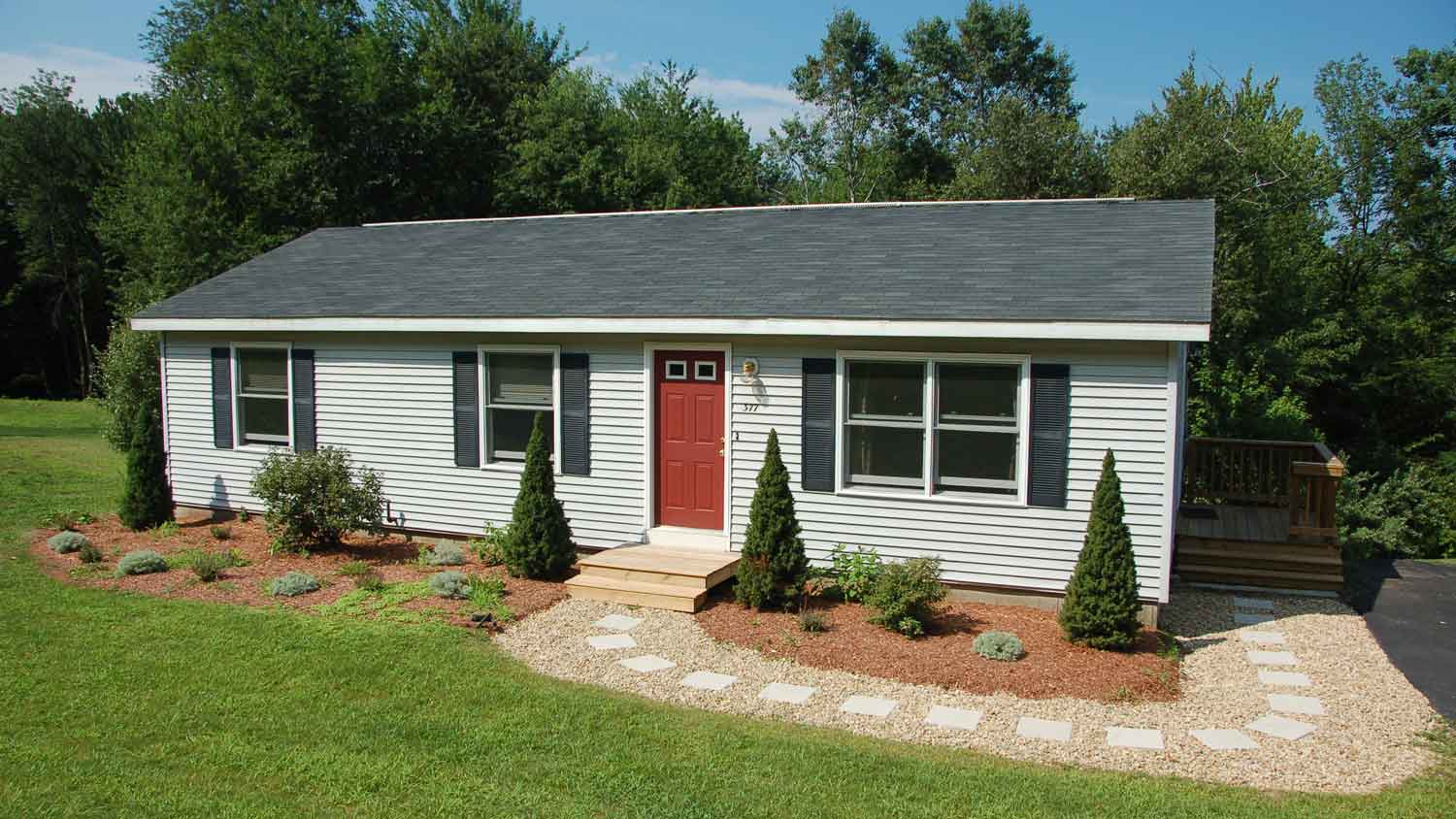
Long-lasting color, durability, and low maintenance are just some of the reasons many homeowners, if not the majority, gravitate toward installing vinyl siding on their homes. Vinyl lap siding is the most common style, with overlapping horizontal planks.
Another reason it's so commonly used is that vinyl is a great option for any climate. It's naturally insulated, so whether you're working to keep heat in during a cold northern winter or running the air conditioner in the high desert all summer, it'll help keep your home where you want it temperature-wise.
Siding materials like vinyl, wood composite, and fiber cement tend to expand and contract quite significantly with changes in temperature and weather. That means they need extra flashings and channels to cover the gaps and keep moisture out so it doesn't expose the wood underneath.
Vinyl lasts about 20 to 40 years, which is slightly less than others you'll find on this list. Adding vinyl siding to a whole house costs between $6,200 and $16,000 on average, or $3 to $12 per square foot. That may seem high, but it's definitely more cost-effective than other options.
Ask a local siding contractor for a quote to get your project started.
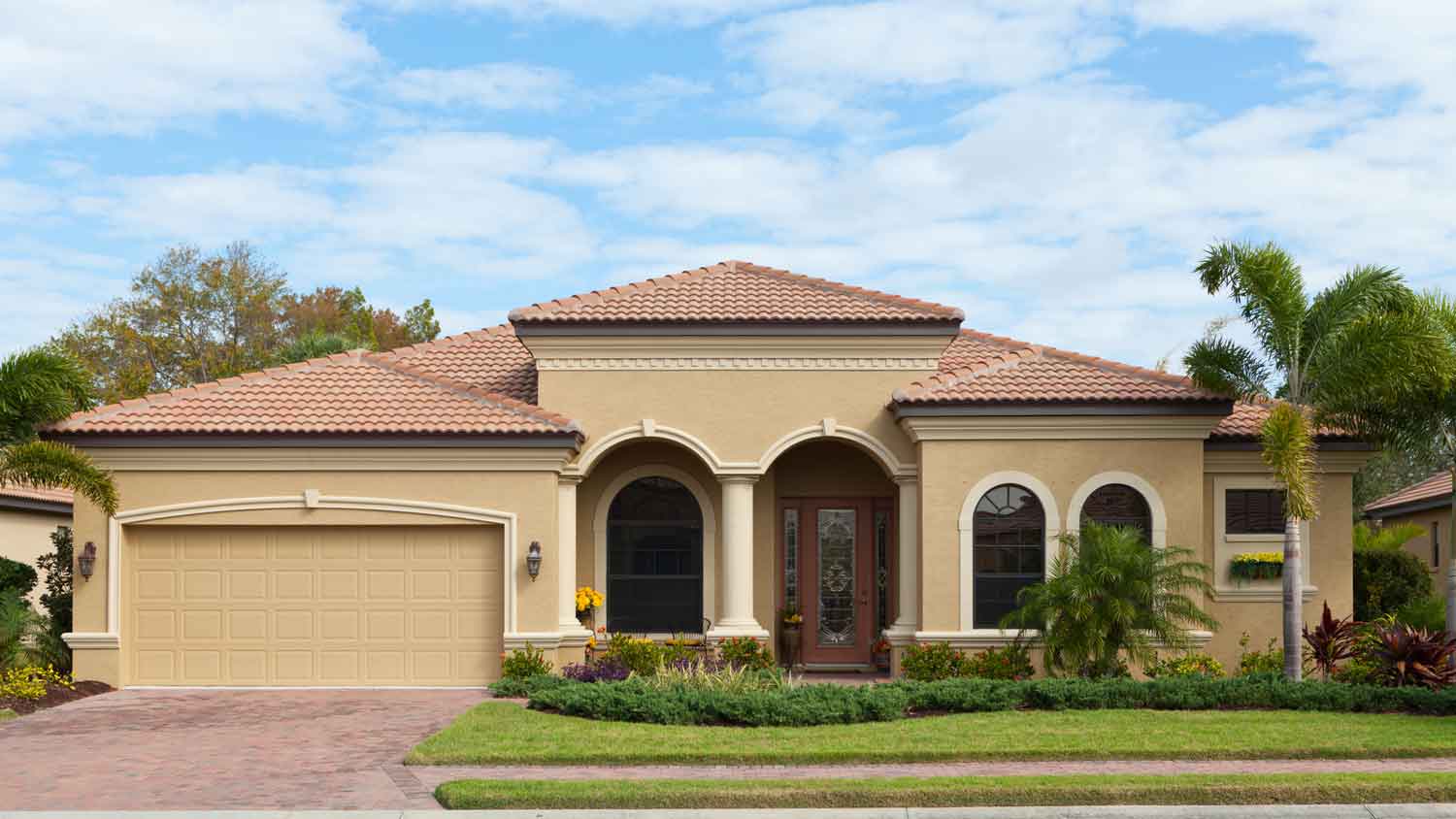
Stucco is made from Portland cement, lime, sand, and water. It stays cool in hot weather, is both fire and rot-resistant, and from an aesthetic value standpoint, can absolutely increase the value of your home. Many home buyers love the look of stucco and will pay extra for a home that has it.
In fact, more than half the homes in the western section of the U.S. have stucco siding, according to Remodelingcosts.org.
Stucco materials cost about $5.50 per square foot on average, although you may pay as much as $12 per square foot. Installing stucco siding costs up to $19,000. The price will vary based on the material you choose, which is typically aluminum, brick, engineered wood, or vinyl.
Aluminum is the lowest-price option at $2 to $5 per square foot while brick is the most expensive costing between $9 to $28 per square foot. Both engineered wood and vinyl are similarly priced ranging between $3 and $12 per square foot.
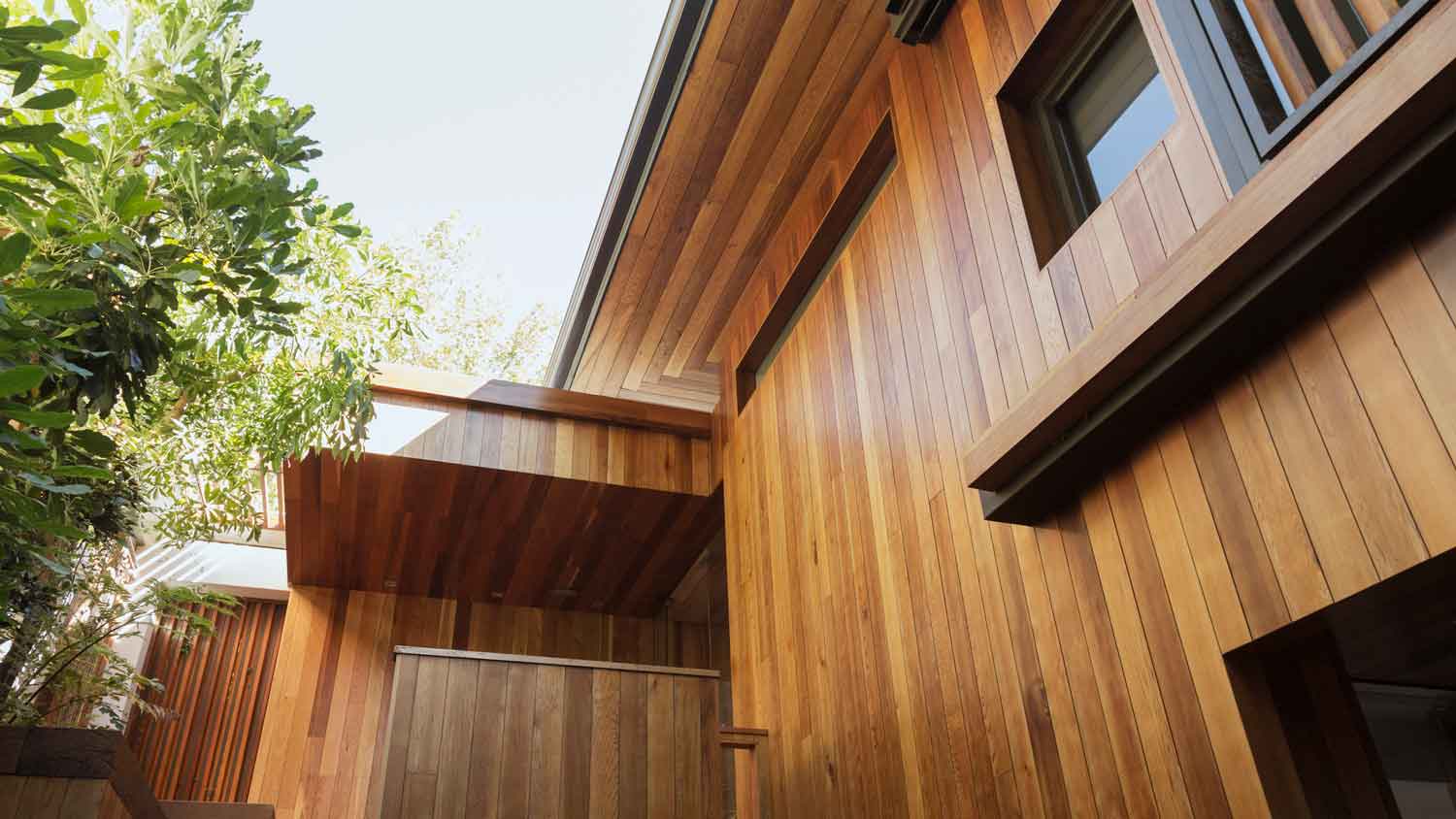
For those opting to go with natural materials, various wood sidings offer great eco-friendly benefits as the material is recyclable. Believe it or not, until the 1990s, it was the primary choice for siding on new homes, with nearly 50% of new homes using wood. Now, it's much lower on the list.
Wood siding costs between $2 and $6 per square foot. To make a natural wood siding investment last, you need to clean it annually. That goes for any house siding option you choose, but wood will deteriorate, grow mold, and/or rot if it's not maintained.
In addition to the material itself, you have many styles of siding to choose from. Common wood types include clapboard, shingles, tongue and groove, shiplap, and more. This array of choices allows you to find exactly the aesthetic you're searching for.
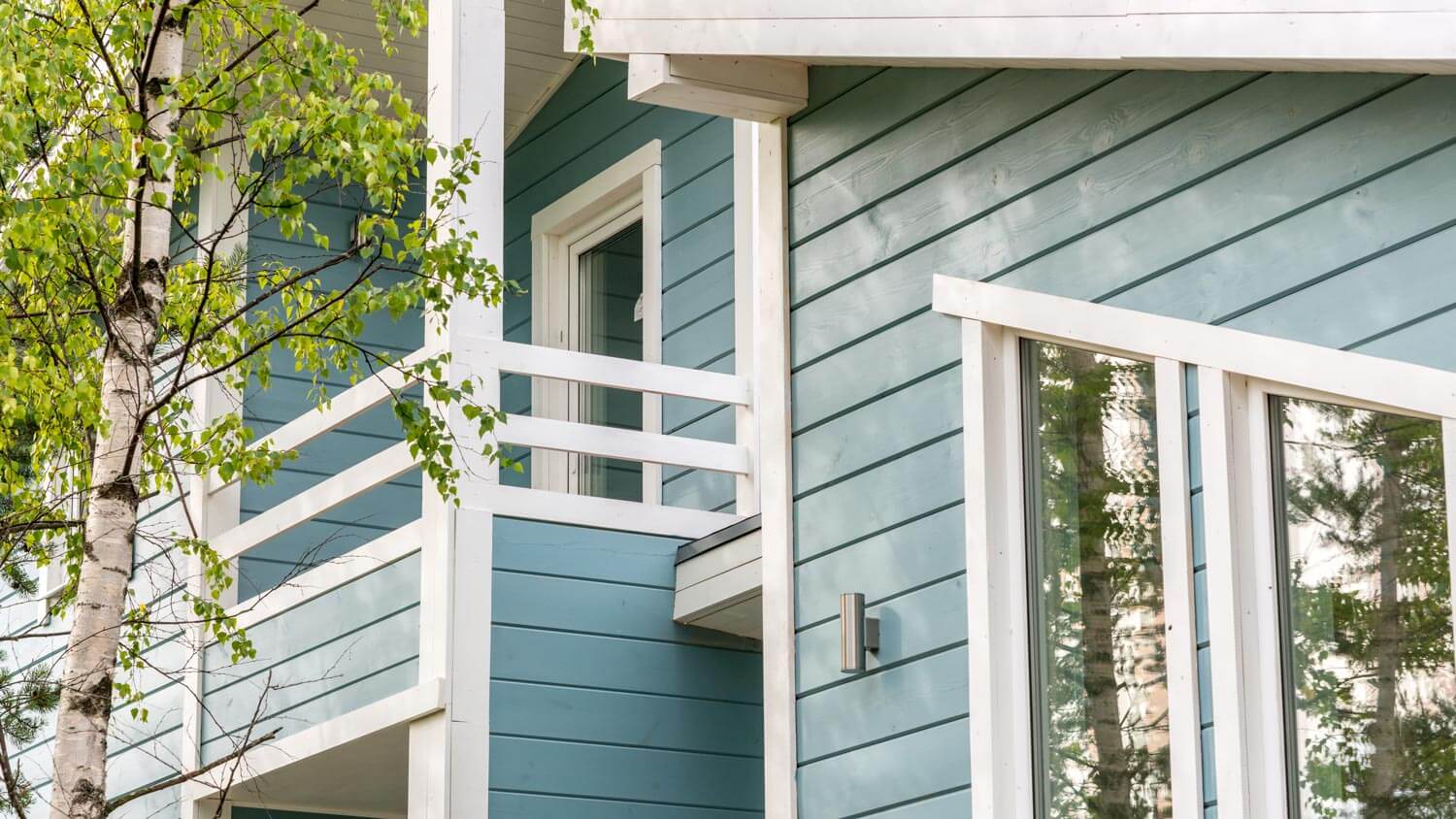
Often referred to as "pressed" wood siding or faux wood siding, engineered wood siding is highly rated against tough weather and made to last 15 to 30 years. Made with synthetic materials, it is also resistant to rot and mold, which eliminates the huge downside of installing natural timber on your home.
Engineered wood offers the natural appearance of lumber with less upkeep, lighter weight, and possibly even a smaller price tag. The average cost per square foot ranges between $1 and $6. It's perfect for that rustic look you're going for.
Similar to natural wood, you have the option of a variety of types of designs. You can still achieve the aesthetic you're going for without going over budget.
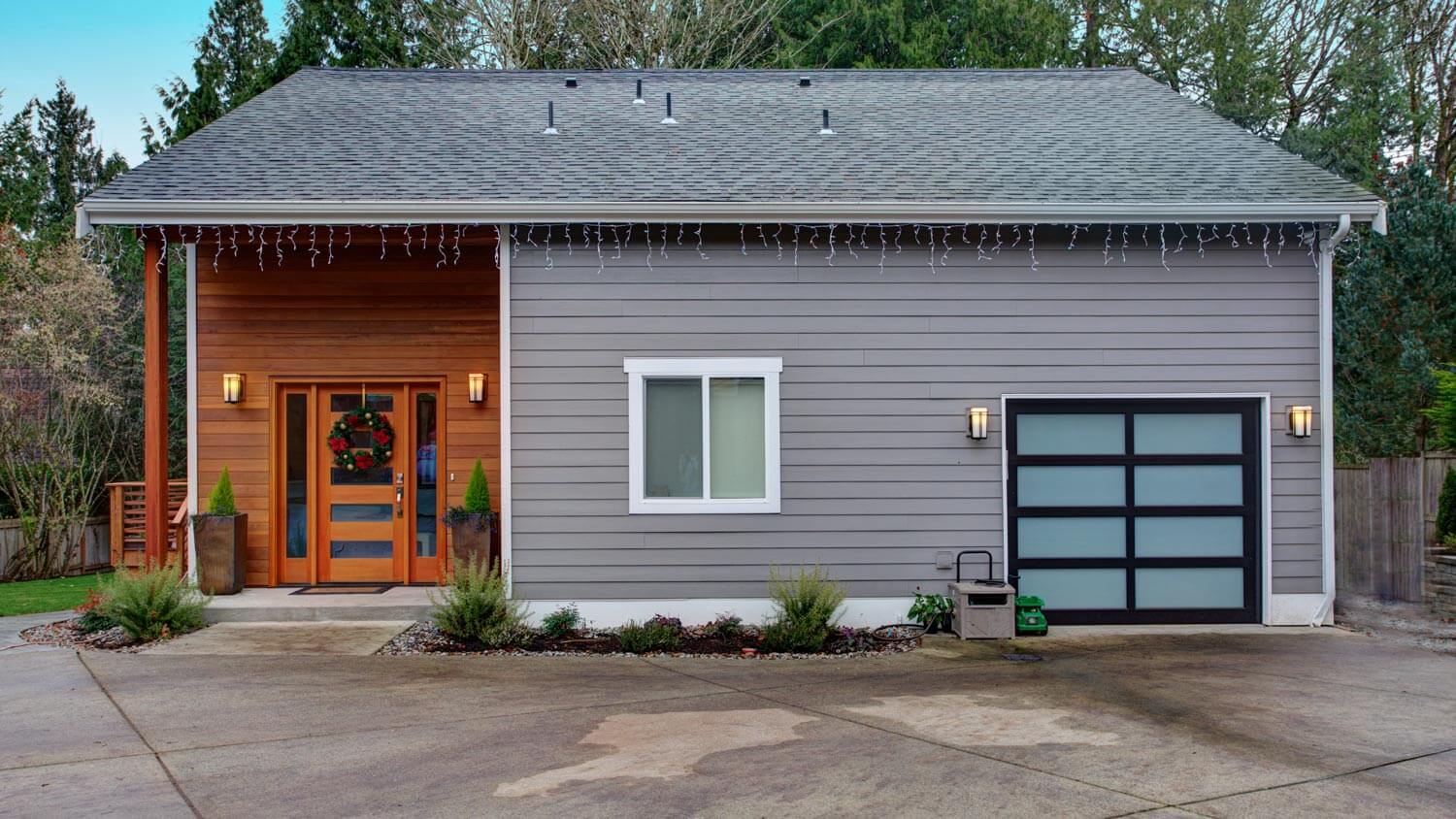
Fiber cement siding is a strong and low-maintenance material used on buildings. The material is typically made with cellulose fibers, cement, and sand. Its rich colors create an authentic look and it has a high R-value for insulation. It can last up to 50 years according to most manufacturers.
Fiber cement siding costs range between $5 and $14 per square foot and requires low maintenance. While installation tends to be costly due to the weight of the material, maintenance only requires yearly cleaning and occasional repainting.
The reason fiber cement siding has become increasingly popular over the years is its ability to replicate the look of common sidings without the high cost. The siding can have the appearance of It can look like wood, stucco, stone, or metal. Plus, the material can be painted to allow for further customization. Painting can be completed either before or after installation.
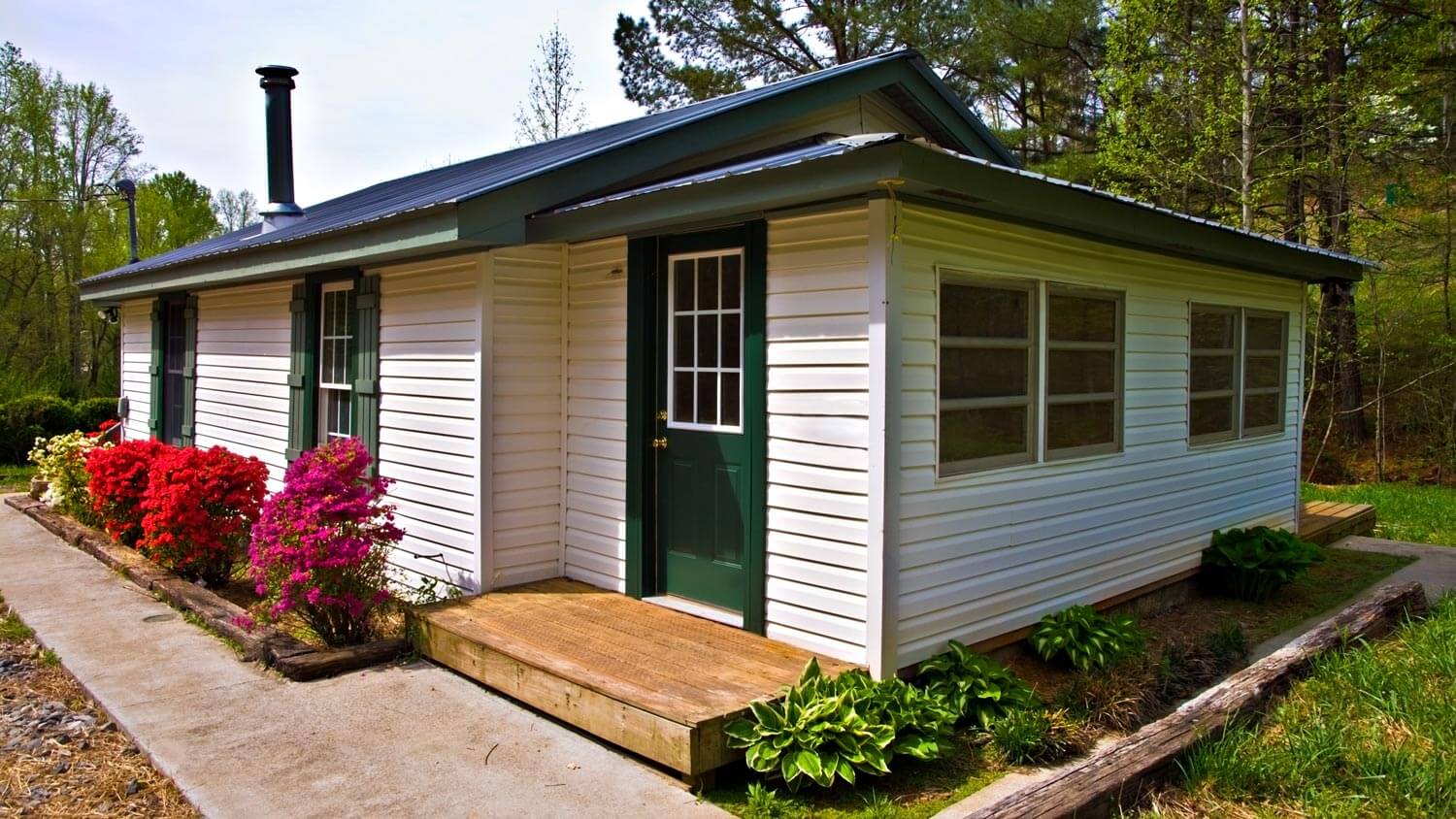
Homeowners have the choice to purchase metal siding from a selection of metals, ranging from cost-effective to more expensive options. The pricier metals, although requiring a higher investment, will provide superior protection against scratches, dents, rust, and corrosion. Overall, metal siding materials feature low maintenance, requiring a simple cleaning solution to keep it looking its best.
There are five main options to choose from when evaluating the metal siding cost for your home, each varying in longevity. Tin is the most budget-friendly ranging in price from $1 to $3 per square foot, but it only lasts about 15 years. Aluminum and steel, on the other hand, can sometimes be just a bit more expensive at between $3 to $18 and $4 to $16 per square foot, respectively. Both aluminum and steel can last for up to 50 years.
Zinc and copper are two options that are on the higher end in price but have impressive longevity. Zinc ranges between $15 to $25 per square foot and can last 80–100 years. Slightly more expensive, copper costs between $20 to $35 per square foot and lasts upwards of 100 years.
A contractor who specializes in metal siding can give you more information on choosing the right material for you.
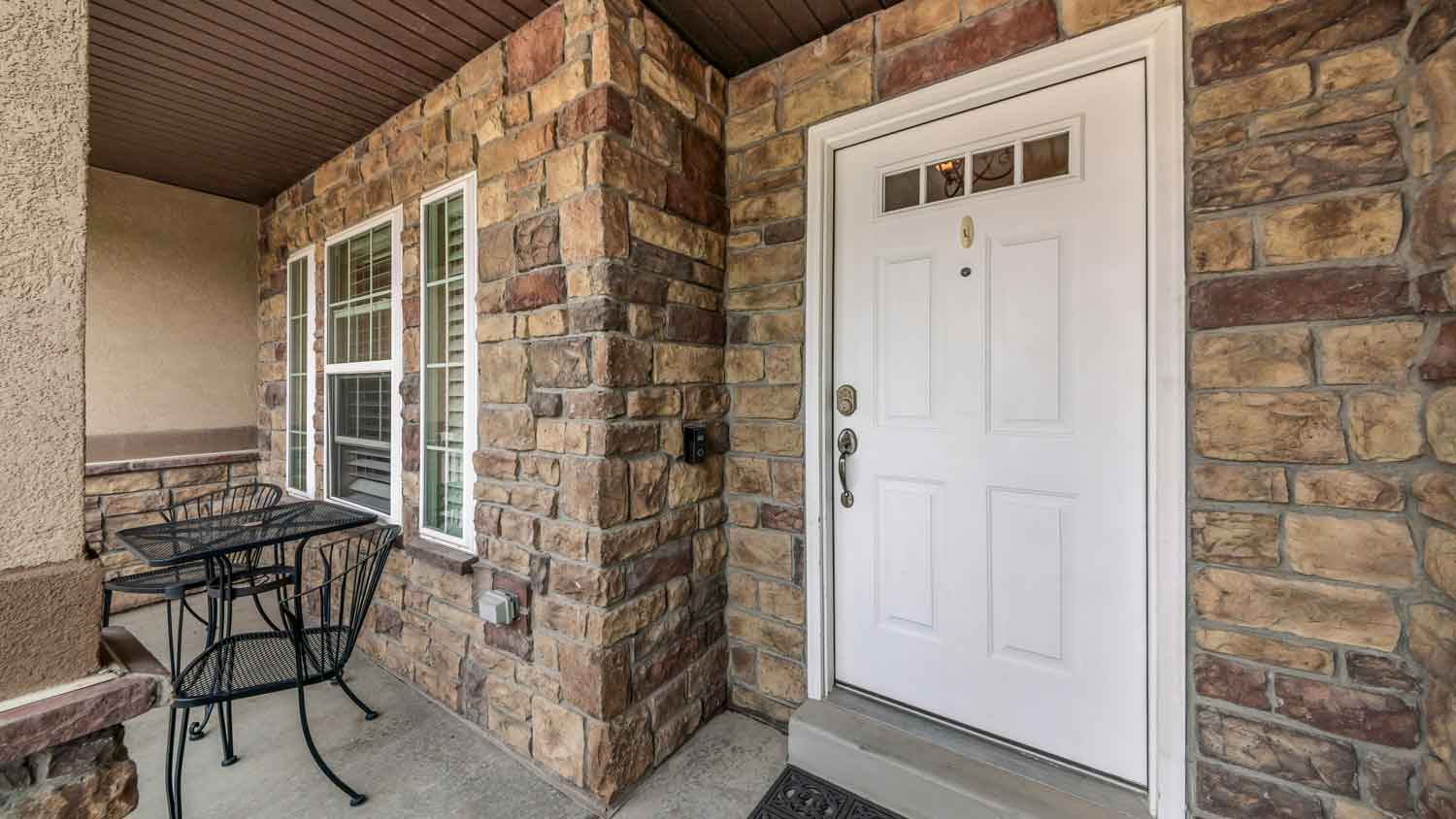
Stone siding is one of the most durable and long-lasting materials on the market. Its resistance to insects, mold, and rot makes it highly unlikely to suffer significant wear and tear. Though a premium material, it must be professionally installed in order to preserve its beauty and ensure its longevity.
As a premium material, the natural stone siding cost ranges between $7 and $30 per square foot, making it one of the most expensive siding options available. However, this can be a cost-effective option over time as the siding requires almost no maintenance and can last for at least 100 years.
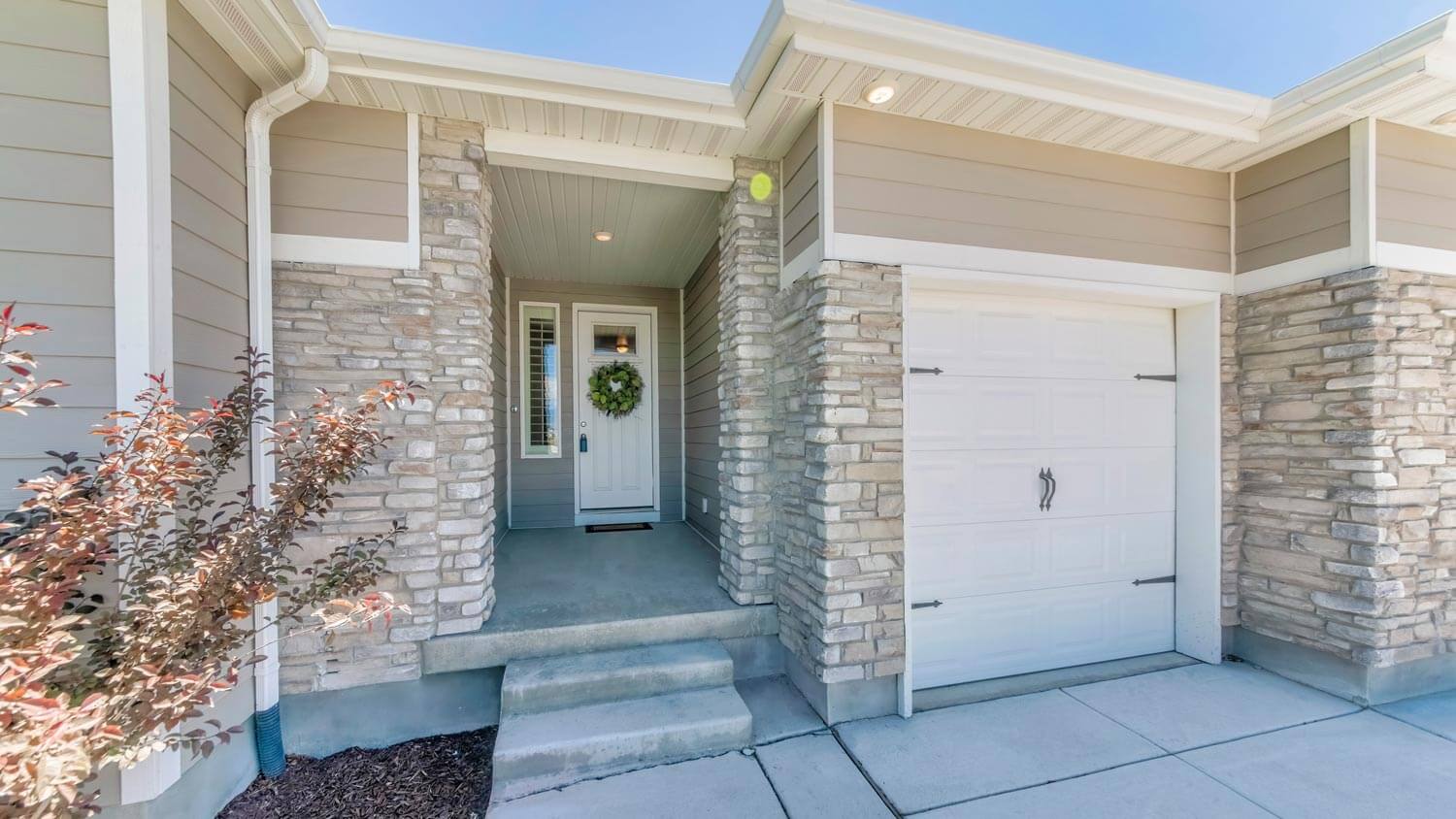
Installed properly, stone veneer siding is both long-lasting and low maintenance. However, any improper installation may require fixing cracks and result in a collapse down the line. Stone veneer siding offers energy-saving benefits by creating an insulation barrier for your home. It effectively shields your house from winter's chilly winds and retains summer's cool air.
Stone is a material as old as time, which is why many homeowners who can afford it love to use it in, on, and around their homes. Most manufacturers offer a warranty of at least 25 years, though some go all the way to 75 years. However, using natural stone can be out of budget for some homeowners. Exterior stone veneer costs $5 to $11 per square foot, making it a budget-friendly alternative to natural stone siding.
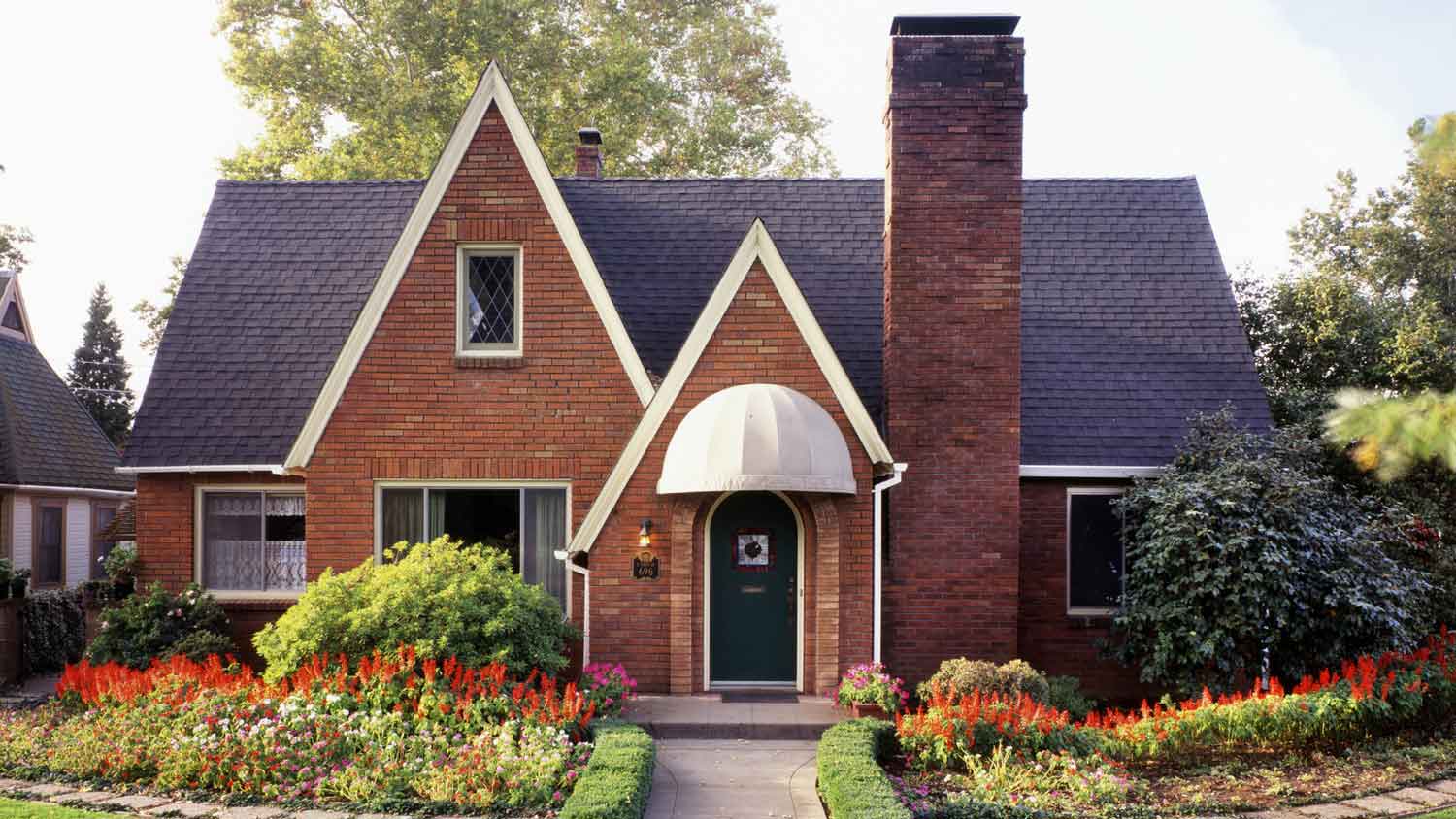
Brick siding is a luxurious and timeless siding choice that gives homes an elegant aesthetic. While it is heavy and needs a sturdy structure to support it, brick siding requires very little upkeep. The siding is exceptionally durable and can last for at least 100 years.
Though it is not ideal for warmer climates, as it holds heat, brick siding remains an attractive option for those not deterred by a potential warm-up. This makes brick a great option for homeowners living in cooler climates. However, that longevity and energy efficiency come with a price as brick siding costs between $10 and $20 per square foot.

Brick veneer is a siding overlay that is often in the form of full-sized bricks, sliced bricks, or simulated brick material. The siding may run either the full length of an exterior wall of a house or building, or serve as merely the facade. In contrast to solid brick structures that are made up of several layers of brick, brick veneers are typically only as thick as the material used for the covering.
For homeowners looking for a brick appearance without the high cost, this option is a great choice. Brick veneer siding costs between $3 and $10 per square foot. Withstanding harsh weather conditions, brick veneer provides a low-maintenance exterior for your home. It required cleaning and sealing regularly with a suitable brick-and-mortar sealer to remain in good condition.
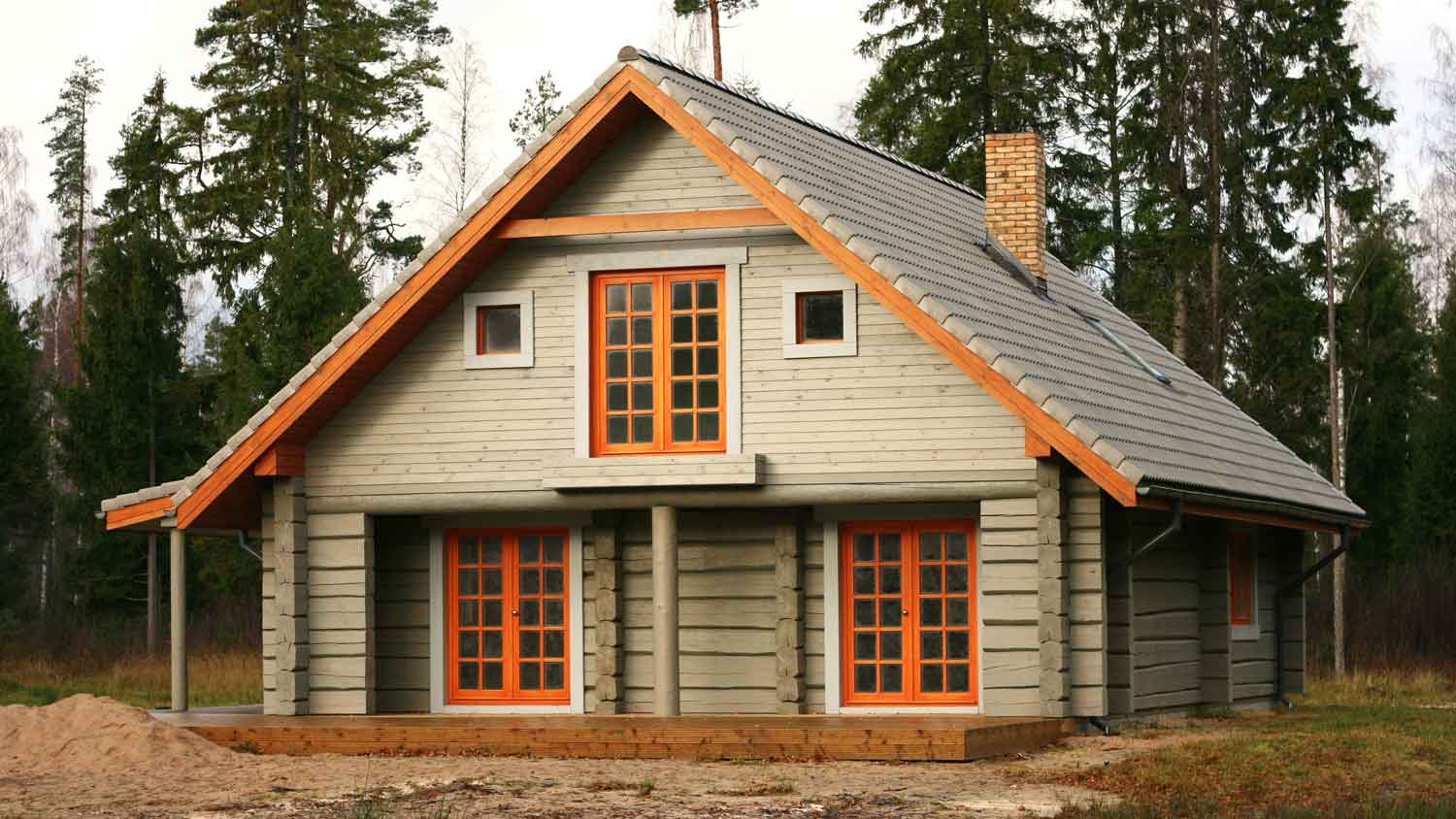
To counteract the risk of wildfire destruction to the log cabins of the Interior West, concrete logs were crafted with glass fiber reinforced concrete (GFCR). This siding option captures the nostalgic appearance of wooden logs while being resilient and resistant to fire, as well as requiring far less maintenance than wood.
Concrete log siding is ideal for homeowners with a mid-range budget with the cost per square foot between $8 and $16. Caring for concrete logs is fairly low-maintenance with resealing required every 1 to 3 years, on average.
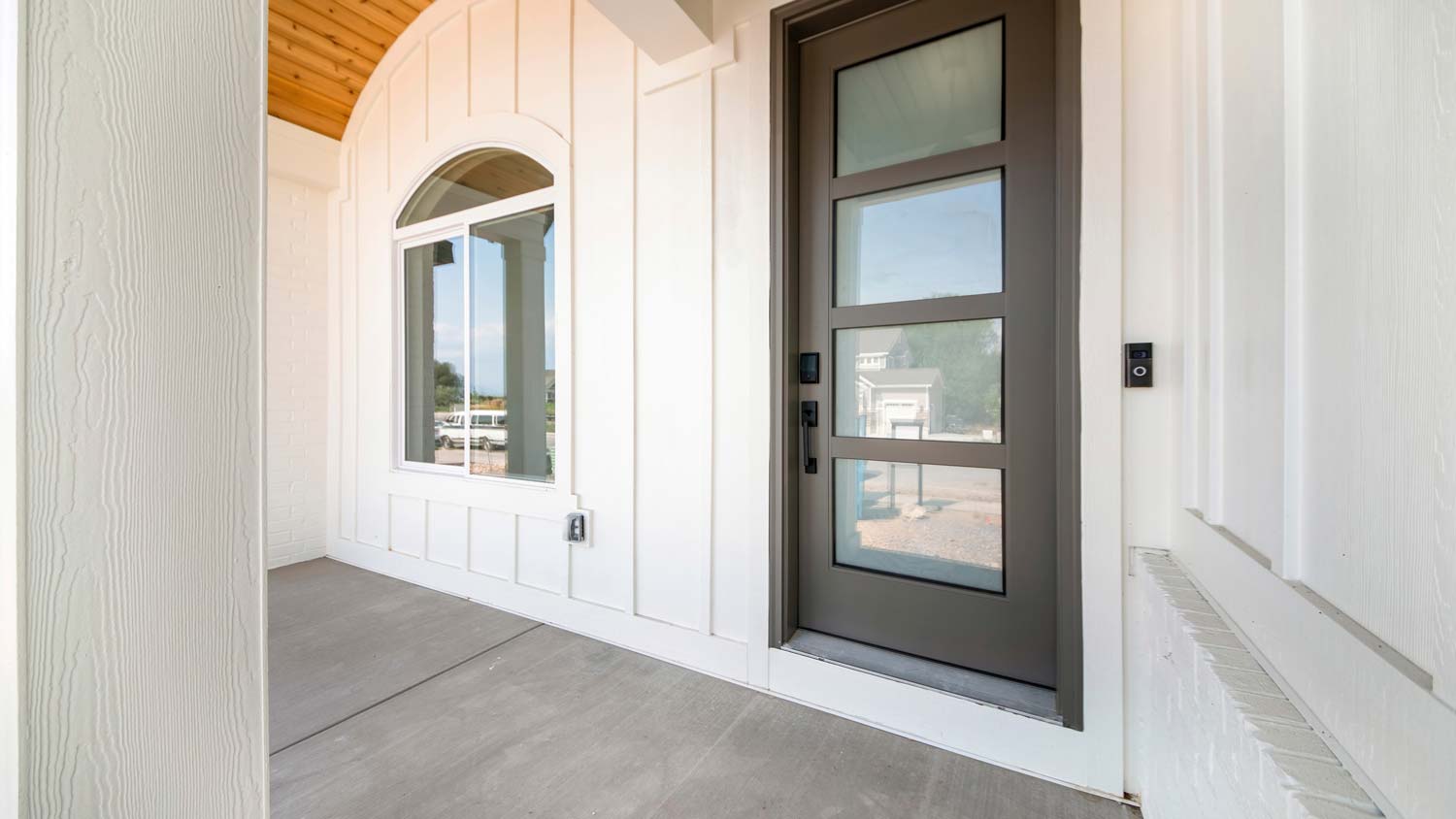
Exterior cladding with board and batten siding adds a classic and rustic charm to any home. The wide vertical boards and narrow vertical strips make a visually striking statement. The boards are commonly made of wood or engineered materials, and the battens are put in place over the gaps between the boards to increase durability and visual impact. With proper installation and maintenance, board and batten siding provides weather-resistant durability.
With board and batten siding, you can choose from a variety of materials such as fiber cement, metal, vinyl, or wood. It is most commonly associated with wood, and the siding refers to the design rather than the material. The cost ranges based on which material you choose, as board and batten siding costs range between $0.75 and $10 or more per square foot.
As you're researching siding options, there are several factors to consider. You want to ensure you're adequately evaluating your needs and choosing a siding you can feel confident with for years to come.
Aesthetics: Your siding should complement your home's architectural style to create visual appeal while also being a choice you can live with for decades, in some cases.
Budget: Siding options vary based on materials, style, and color. You want to ensure your choice is within your budgetary constraints to avoid overextending.
Color: While you'll be focused on choosing a siding color, don't forget to consider colors for doors, trim, shutters, and other accents.
Climate: Your location's climate has a huge impact on your siding choice. Ensure you're shopping for options that hold up best to your weather conditions.
Efficiency: Your home's siding has an impact on energy efficiency. Choose siding that can help reduce your energy costs, especially when factoring in weather conditions.
Maintenance: You will need to maintain your home's siding, and each style features various processes. Choose a siding option that fits with how frequently and efficiently you expect to maintain it. Some siding may require hiring a professional siding contractor so future costs will need to be considered as well.
Replacement: House siding varies greatly in its longevity with some lasting up to 10 years and others over 100. Research how frequently your top choices need to be replaced and how likely it is that your siding will be discontinued, so you can evaluate the siding replacement cost to assess future needs.
Value: Replacing your home's siding often increases resale value. If you plan on selling in the future, consider the return on investment from your project.
Warranty: When possible, choose siding that comes with a comprehensive warranty, which will protect you and your finances against defects and premature problems with the siding. A good warranty can also boost a home’s resale value, assuring potential buyers of the siding’s durability.
When you’re ready to install new siding, call a local contractor who specializes in home construction and renovations. Qualified contractors can provide a full range of services, helping you understand your needs and choose the right siding material for your particular home. Hire a siding contractor who specializes in the type of siding you’ve chosen so you can be sure it’s installed properly.
From average costs to expert advice, get all the answers you need to get your job done.

Concrete log siding costs more than traditional wood but requires less maintenance. Learn about pricing and upkeep costs to see if it’s a fit for your home.

The cost of Hardie board siding depends on the size of your home and the style and color you choose. Get a more accurate estimate with our in-depth cost guide.

Learn about the average siding repair cost to expect based on siding type, repair type, and extra labor when getting estimates to fix siding from contractors.

Discover the pros, cons, and everything else you need to know about insulated vinyl siding.

Not sure you want to go with the standard siding material for your home? Learn about vinyl siding pros and cons to see if there’s a better option.

While Dutch lap is a more detailed type of siding, clapboard is often less expensive and more widely used. If you're weighing these options against each other, our guide can help you decide which type makes the most sense for your home’s facade.